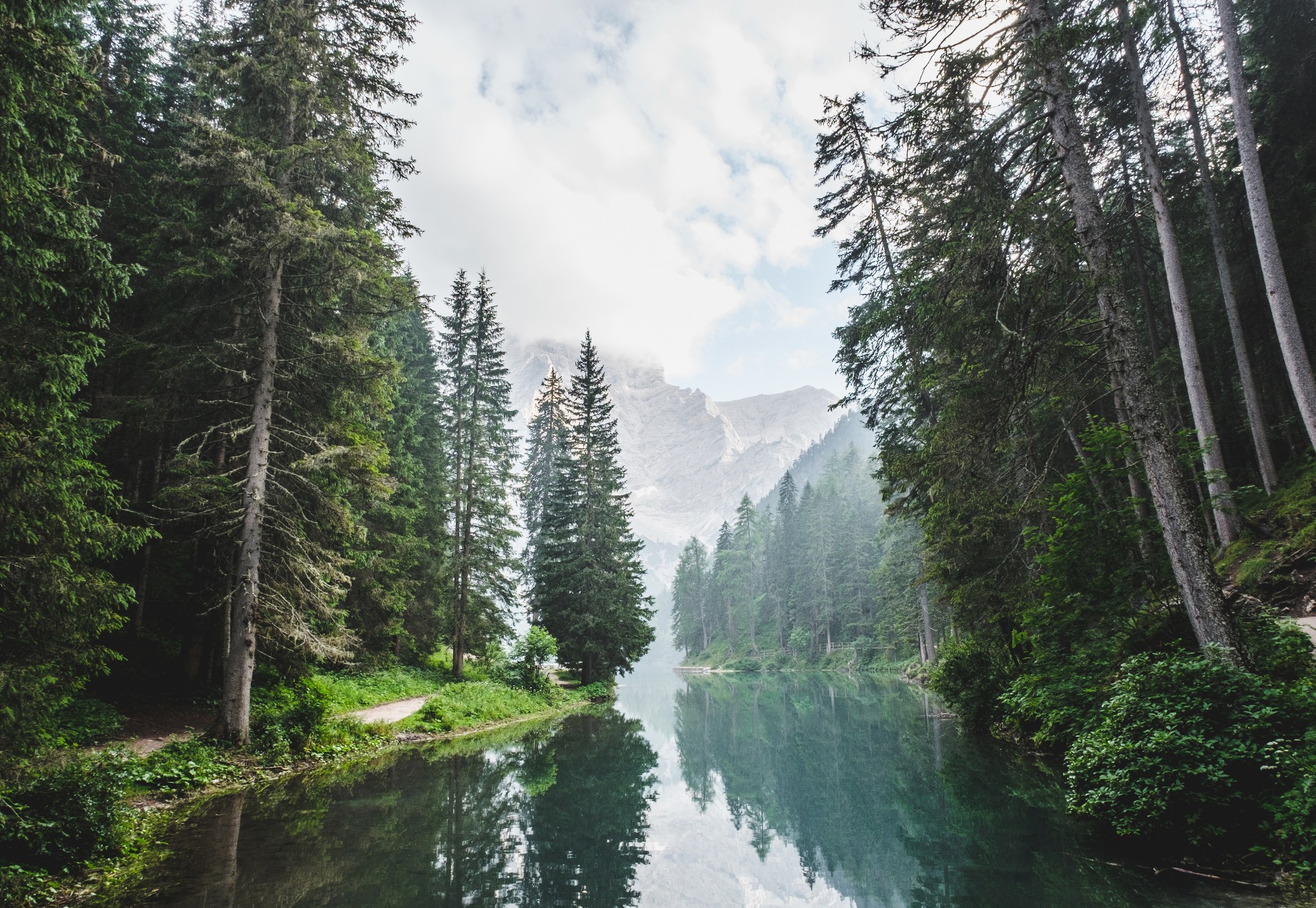Flowers and pollination
We are going to learn the different parts of a flower and what is the meaning of the word pollination.
_______________________________________________________________________
Parts of a flower
1.- Sepal: it is usually greena and it looks like little leaves. It surrounds and
fertile organs of the
flower and covers the outside of a
flower bud to protect the flower before it
opens.
2.- Petals: are the coloured and bright part of the flowers.
Most living things differ between males and females, and plants are no exception.
Flowers can be male, female or both at the same time.
3.- Stamen: it is the male part of the flower and it´s formed by anthers and filaments.
4.- Filament: it is the stalk that supports the anther.
5.- Anther: it is the specifically male part of a flower, it produces and contains the pollen.
6.- Pistil: it is the female part of the flower and it´s formed by a stigma, a style, an ovary and eggs or ovules.
7.- Stigma: it is at the top of the style. It collects the pollen where it will begin the process of reproduction.
8.- Style: it connects the stigma with the ovary.
9.- Ovary: it contains the ovules or eggs.
10.- Eggs or ovules: we also know them as seeds.

________________________________________________________________________
Activity
Let´s make a diagram or picture showing the parts of a flower.
__________________________________________________________________
Pollination
Pollination occurs when the pollen from the anther (male part) is transferred onto the stigma (female part).
1.- Insects are attracted by the bright colours and sweet scent (nice smell) of the flowers.
2.- Insects land on the flowers and pollen sticks to their body.
3.- When insects move around the plant or from one plant to another, the pollen sticks to the stigma.
Fertilisation
- The pollen moves down the style and into the ovary.
- The pollen joins with eggs in the ovary to produce new seeds.

___________________________________________________________________
Activity
1.-Draw the diagram in your book.
2.- Label the important parts in Pollination and Fertilisation.
3.- Explain what is happening.


